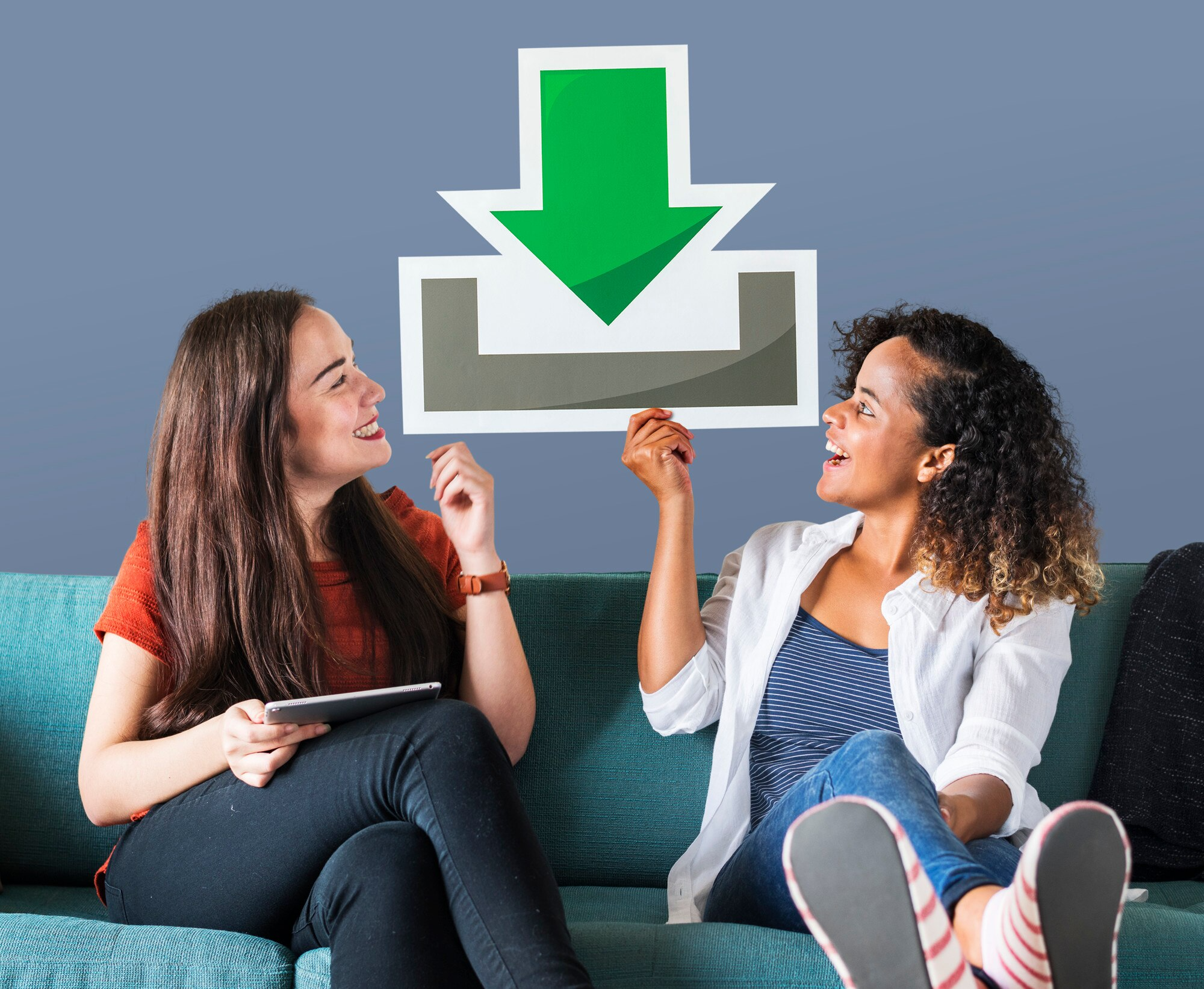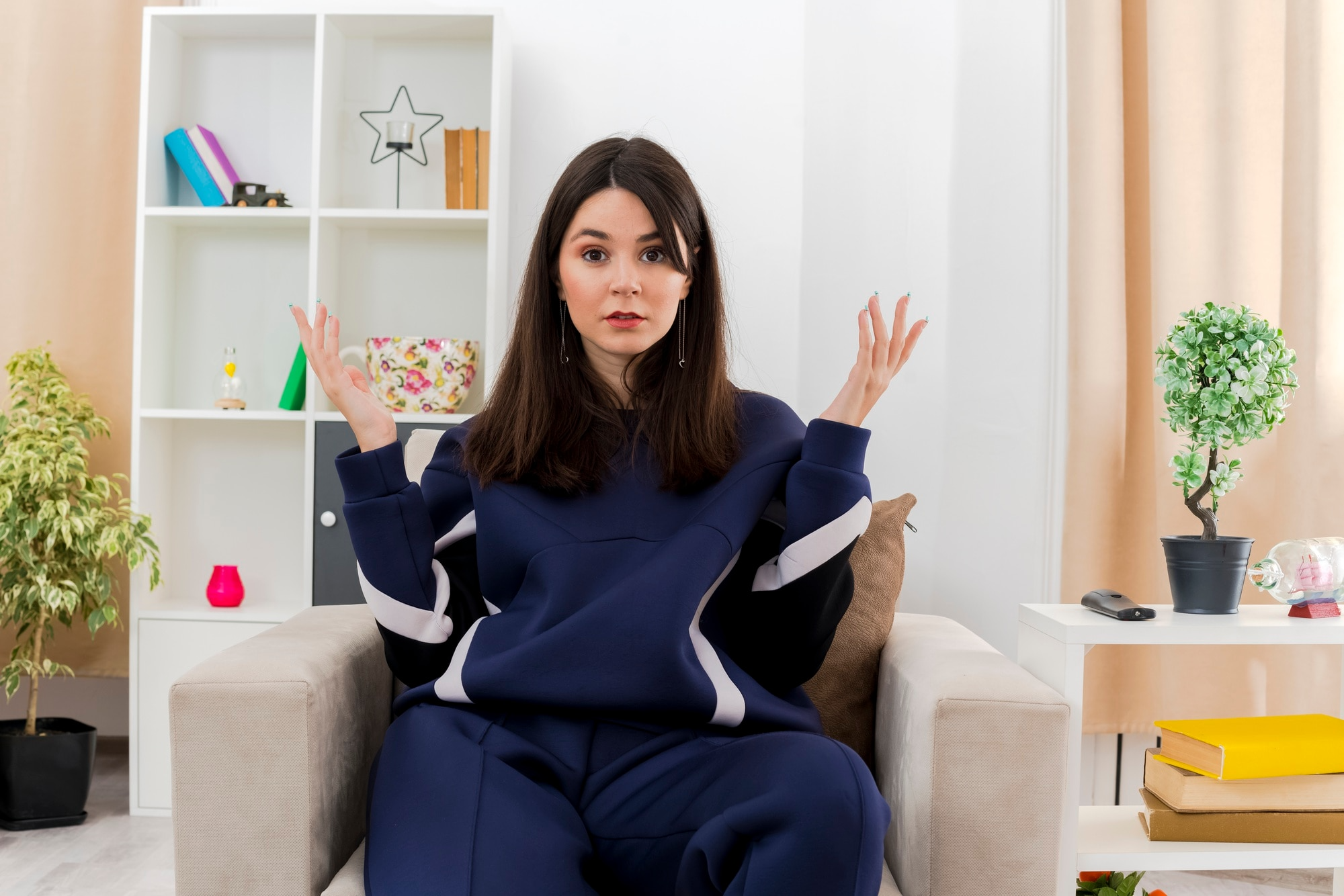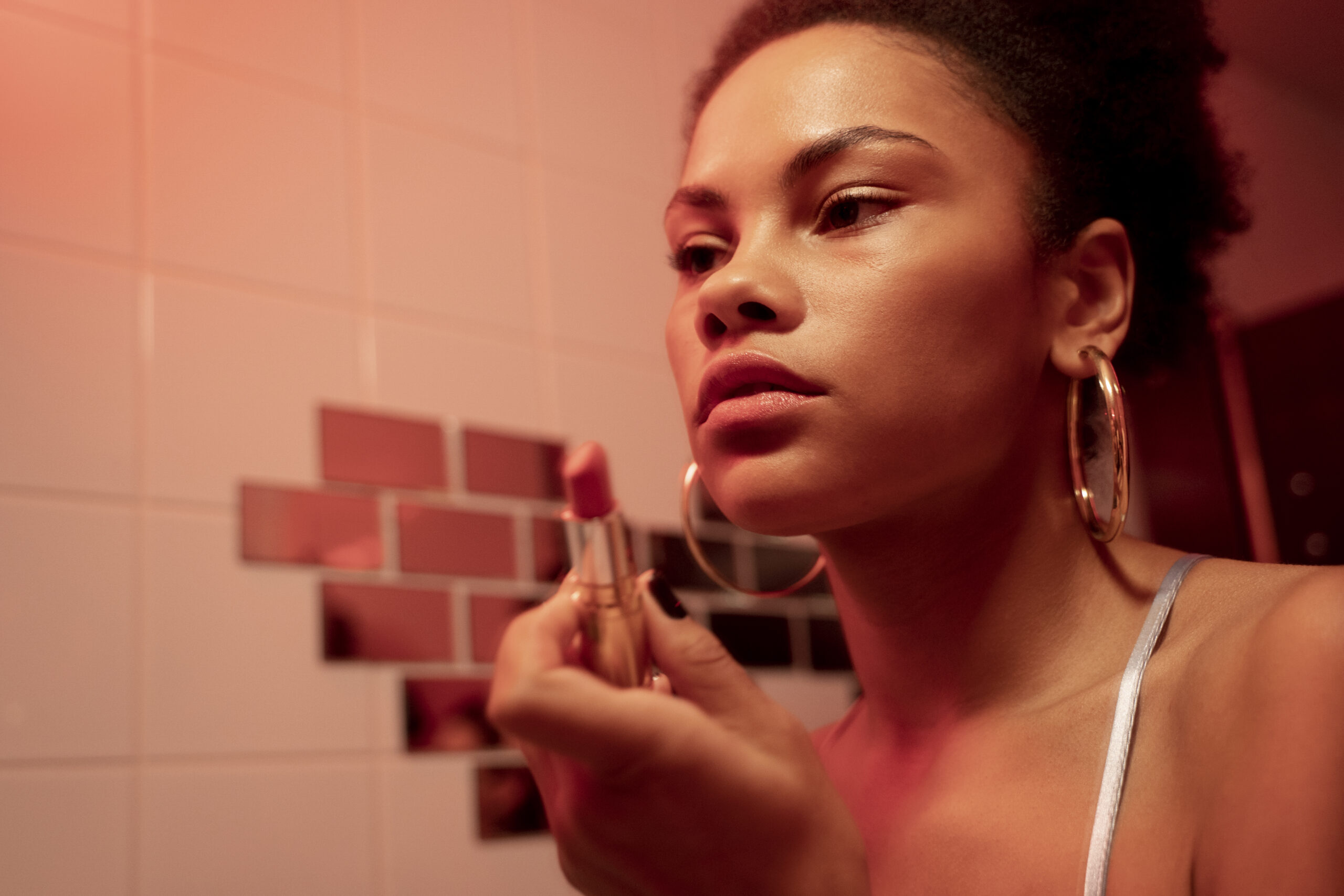Introduction: Where Beauty Meets Boldness
In today’s hyperconnected world, self-expression has moved beyond words and into carefully curated pixels. At the intersection of splendor, fashion, and fearless self-belief lies a rapidly developing digital movement: Baddiehub.
Much more than a modern hashtag or platform, Baddiehub has turned out to be a cultural force—a digital environment in which people, often young women, exhibit an empowered version of themselves. Think of it as a digital diary of self-assurance, in which fashion, attitude, and individuality converge.
But what makes Baddiehub so magnetic? Why has it attracted tens of millions of fans and creators globally? This article dives into the heart of this phenomenon, exploring its origins, importance, criticisms, and destiny.
What Exactly Is Baddiehub?
A Culture, Not Just a Website
Baddiehub is frequently misunderstood as a single platform, but in truth, it represents a broader way of life and online identity. It lives across structures—Instagram, TikTok, Snapchat, and even OnlyFans—and facilities around a specific type of visible identification: the “baddie.”
A baddie is assured, fashionable, and unapologetically herself. She embodies hyper-feminine energy, luxurious on a price range, and self-love. Baddiehub, then, is the collective space where this identification thrives via makeup tutorials, outfit breakdowns, glam photographs, aesthetic edits, and mindset-crammed captions.
The Origins of Baddie Culture
From the Streets to the Feeds
The “baddie” archetype isn’t new. Its roots return to Black and Latina urban fashion, hip-hop lifestyle, and early 2000s streetwear. Women like Lil’ Kim, Aaliyah, and Trina laid the groundwork with bold makeup, expressive fashion, and fierce independence.
With the upward push of social media in the 2010s, specifically Instagram and Vine, the classy advanced—and Baddiehub have become their virtual sanctuary. Girls and ladies international embraced the fashion, introduced their local flavors, and used the online platform to extend their presence.
The Anatomy of a ‘Baddie’
1. The Look
A classic baddie look is unmistakable:
- Laid edges or baby hairs
- Full lashes and contouring
- Glossy lips and acrylic nails
- Designer (or dupe) streetwear
- Striking poses and mirror selfies
The look is meticulously crafted to reflect beauty and dominance. But it’s not about copying trends—it’s about owning your style.
2. The Attitude
Confidence is the main currency in Baddiehub. Whether it’s a sultry selfie, an empowerment quote, or a bold TikTok stroll, the baddie radiates self-worth. She doesn’t simply appear top—she is aware of it.
3. The Hustle
Many baddies use their aesthetic to construct careers as influencers, models, marketers, or virtual creators. They turn likes into income, and confidence into business.
Baddiehub as a Digital Movement
More Than Skin Deep
While it’s clean to brush aside Baddiehub as vanity-driven, that view misses its deeper fee. In a world wherein girls, particularly ladies of color, are frequently informed to tone themselves down, Baddiehub is a rise up wrapped in eyeliner and Instagram filters.
It says: “I don’t owe you modesty. I don’t owe you silence. I’m in control.”
For many, this space becomes a lifeline—a confidence factory that helps them navigate societal pressure, body shame, or low self-esteem.
Inclusivity and Intersectionality in Baddiehub
Originally Built by Women of Color
Though mainstream audiences often partner “baddie” fashion with influencers and beauty authorities, it’s important to recognize the cultural origins. Baddie tradition was built with the aid of Black and Latina girls, and their groups fashioned the track, style, and language that defines it.
Unfortunately, as the aesthetic won recognition, it has often become whitewashed or gentrified, main to rightful criticism about cultural erasure. Today’s Baddiehub must acknowledge and honor its roots.
Expanding Definitions: Beyond One Body Type
Originally criticized for promoting a narrow body image—slim waist, curvy hips, perfect skin—the baddie aesthetic is slowly evolving. More creators now highlight:
- Body diversity
- Disability inclusion
- LGBTQ+ visibility
- Natural hair and beauty
This transformation is making Baddiehub not just powerful, but meaningful.
The Business of Being a Baddie
Monetizing the Aesthetic
Being a baddie is no longer just a hobby—it’s a career path. Through affiliate links, brand sponsorships, beauty collaborations, and exclusive content platforms, many baddies earn a full-time income.
Instagram models sell fashion; TikTok baddies land music video roles; beauty influencers launch makeup lines. Baddiehub has become a launchpad for digital entrepreneurship.
Tools of the Trade
To succeed in this space, creators often rely on:
- Ring lights and backdrops
- Photo editing apps (Facetune, Lightroom)
- Hashtag strategy
- E-commerce knowledge
It’s not as effortless as it appears. Baddiehub is a brand, and constructing one takes skill, imagination and prescience, and consistent reinvention.
Criticism and Controversy
Unrealistic Beauty Expectations
Some critics argue that Baddiehub fuels a lack of confidence by promoting unrealistic beauty requirements. When each image is filtered, waist-snatched, and polished, visitors—especially younger ladies—may sense insufficient.
However, many creators are responding by way of displaying unedited skin, sharing intellectual fitness struggles, and posting actual-existence vs. Instagram comparisons. The communication is growing more nuanced and accountable.
Hypersexualization and Misinterpretation
Baddiehub often walks a quality line between empowerment and objectification. While many baddies publish horny content to sense appropriate and explicit themselves, outsiders may additionally judge or mislabel them.
This double standard is a part of a larger societal difficulty where girls ’ bodies are policed extra than praised. True empowerment approach letting human beings define and very own their sexuality on their terms.
Baddiehub and Mental Health
The Pressure to Stay Perfect
The constant preservation—likes, outfits, lighting, poses—can result in burnout and contrast fatigue. Creators have spoken out about:
- Feeling “not enough”
- Losing touch with reality
- Obsessing over validation
However, a developing mental health cognizance fashion inside Baddiehub is changing the narrative. Influencers now share their in the back of-the-scenes struggles, encouraging a stability between image and self-esteem.
The Future of Baddiehub
From Aesthetic to Advocacy
Today’s baddie is not just a style icon—she’s also a thought leader, activist, and creative director. Baddiehub is becoming more than just photos and hashtags. It’s evolving into:
- A safe space for gender non-conforming voices
- A platform for social change
- A network of mutual empowerment
Web3, AI, and the Virtual Baddie
With the rise of AI avatars, digital fashion, and the metaverse, we may see virtual baddies take over future Baddiehubs. The avatar version of confidence, fashion, and hustle should turn out to be just as influential as the human one.
But at the same time as the era changes, the essence remains the same: authenticity, electricity, and the liberty to explicit oneself boldly.
Conclusion: Why Baddiehub Matters
In a global society constantly seeking to outline what ladies must look like, act like, and aspire to, Baddiehub offers a powerful opportunity: Be formidable. Be stunning. Be whoever you want to be.
It’s no longer approximately perfection. It’s approximately present.
Whether you are a fan of the cultured or informal observer, there is no denying that Baddiehub displays a deeper societal truth: humans crave spaces in which they can be visible, celebrated, and a hit on their terms.
And for lots, Baddiehub is simply that—a digital home for real-global self-assurance.
Stay in touch to get more updates & alerts on BaddiehubX! Thank you




